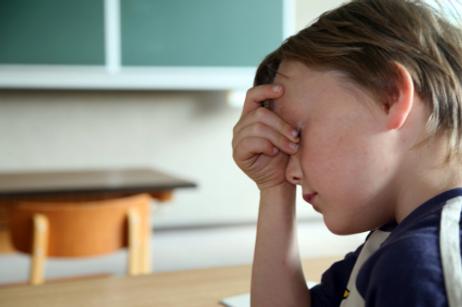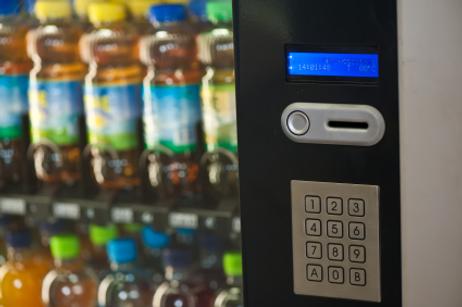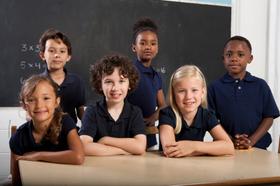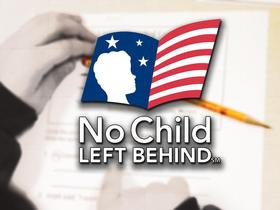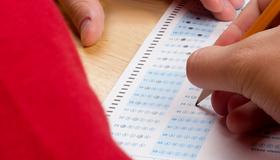Charter schools have traditionally been known for producing high test scores and academically prepared students despite facing challenges in districts that standard public schools have been unable to overcome. However, the establishment of a charter school does not guarantee improved performance all of the time. Even when plenty of money is invested, and renowned academic experts are called in, the schools may fall short occasionally.
This video explains why charter schools can succeed.
This article reports on two struggling charter schools despite an infrastructure of support.
Trouble Brewing in New Jersey Charter School
Newark's Lady Liberty Academy was a troubled school that many in public education in New Jersey hoped to revive. Situated in a low-income area of the state, those involved with the charter school adopted a new commitment a year ago to show just what the correct type of education could do for at-risk kids.
Newark Mayor Cory Booker wooed in public school superstar Glen Pinder, a high-profile principal from New York's Harlem Children's Zone. Pinder was tasked with turning over a new leaf at Lady Liberty, raising test scores and the morale of staff and students simultaneously.
Unfortunately, even the best-laid plan ran amuck at times, and Lady Liberty was not immune to its share of conflict, according to recent reports at newjerseynewsroom.com. With Pinder came an entirely new administrative team, straight from his home field of New York.

